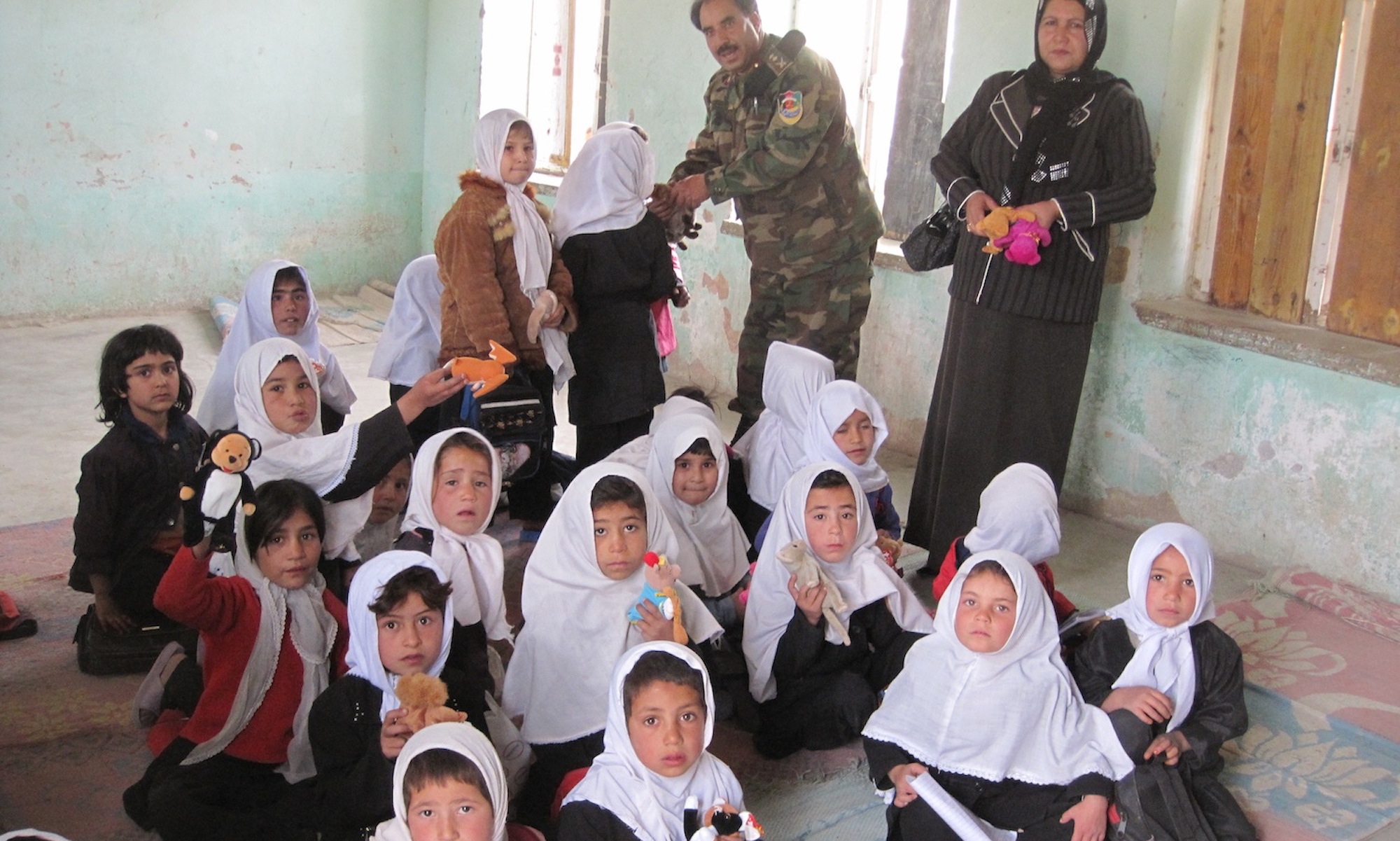Today, the U.S. Army is decisively engaged in both fighting an unfamiliar type of war and transforming itself to meet the challenges of future warfare. But what are those challenges? What capabilities does U.S. strategy demand of its military instrument? Where are the major capability gaps and how should they inform Army Transformation to ensure the future expeditionary Army has the right campaign qualities? The author argues that the major capability gap in today’s force–and vital for future campaigns–is the ability to conduct stabilization. He explores the changes in U.S. strategy that are the impetus behind the need for greater capacity to conduct post-conflict stabilization and reconstruction. Then he analyzes the emerging role of the Army in post-conflict operations in the context of modern combat to more fully understand the specific requirements of stabilization. He then develops an operational concept–progressive stabilization–that complements the Army’s concept of rapid decisive operations, while improving its ability to contribute to long-term conflict resolution. He outlines three key force attributes an expeditionary force structure must have to provide the requisite mix of combat and stabilization capabilities. Finally, he builds on those attributes to suggest three areas where Army leaders must make near-term adjustments in the Modular Force to ensure the nation has a truly expeditionary force with the campaign capacity for both rapid decisive operations and stabilization.

INSCT Postconflict Research Database
The Institute for National Security and Counterterrorism's Postconflict Research Database & Analysis Project stores cross-indexed bibliographic information on hundreds of journal articles, books, book chapters, and case reports that address the broad, interdisciplinary fields of postconflict reconstruction, stabilization, and peacebuilding.
7 Replies to “Reshaping the Expeditionary Army to Win Decisively: The Case for Greater Stabilization Capacity in the Modular Force”
Comments are closed.